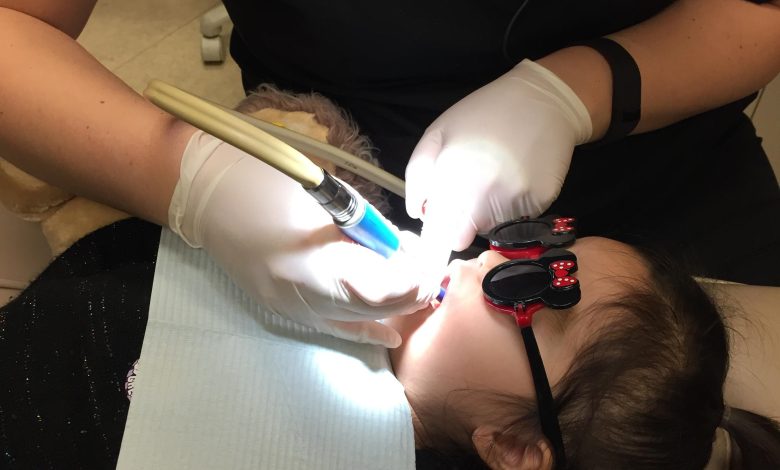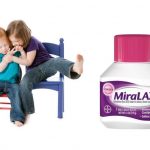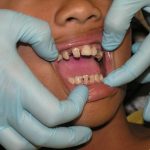New Guidelines Suggest Safer Alternatives to Opioids for Kids’ Dental Pain

New guidelines suggest that children experiencing short-term dental pain from tooth extractions or toothaches should avoid being prescribed opioids. Instead, the recommended course of action is to manage the discomfort using over-the-counter pain medications like ibuprofen and acetaminophen, according to the latest guidelines.
Endorsed by the American Dental Association (ADA), these guidelines provide strategies for managing dental pain in children and were collaboratively developed by institutions including the ADA Science & Research Institute in Chicago, the University of Pittsburgh School of Dental Medicine, and the Center for Integrative Global Oral Health at the University of Pennsylvania School of Dental Medicine.
Applying specifically to children below the age of 12, the guidelines address the evolving trend of minimizing opioid prescriptions to children. Dr. Paul Moore, a senior author of the guidelines and a professor emeritus at the University of Pittsburgh’s School of Dental Medicine, highlighted the importance of evidence-based recommendations that empower both dentists and parents to select the most suitable treatments for dental pain.
Dr. Moore emphasized the safety and efficacy of widely accessible non-abusable medications like acetaminophen and ibuprofen for alleviating short-term dental pain in children, providing reassurance to parents and caregivers.
The guidelines align with recommendations set forth by the U.S. Food and Drug Administration (FDA) in 2017, which cautioned against the use of codeine and tramadol in children under the age of 12 due to safety concerns.
The guideline panel underscored that when used according to instructions, acetaminophen alone, non-steroidal anti-inflammatory drugs (NSAIDs) alone, or a combination of acetaminophen and NSAIDs such as ibuprofen can effectively manage dental pain in children following tooth extractions or during toothaches when immediate dental care is not available.
It’s noted that the required doses might vary from the printed packaging instructions for these medications, but when administered under the guidance of a dentist or healthcare provider, the risk of harm to children from either medication remains low.
Acknowledging the significance of these guidelines, the FDA awarded a substantial grant of $1.5 million in 2020 to the University of Pittsburgh and the ADA’s Science & Research Institute to develop clinical practice guidelines for acute pain management in children, adolescents, and adults.
Dr. Patrizia Cavazzoni, director of the FDA Center for Drug Evaluation and Research, emphasized the pivotal role of these clinical prescribing guidelines in promoting appropriate treatment of acute dental pain in pediatric cases. She highlighted that this approach not only enhances pain management but also contributes to curbing unnecessary prescriptions of medications that have the potential for abuse, including opioids.
Furthermore, the researchers involved are actively developing a second set of guidelines tailored for adolescents and adults. These recommendations were formally published in the September edition of The Journal of the American Dental Association.





